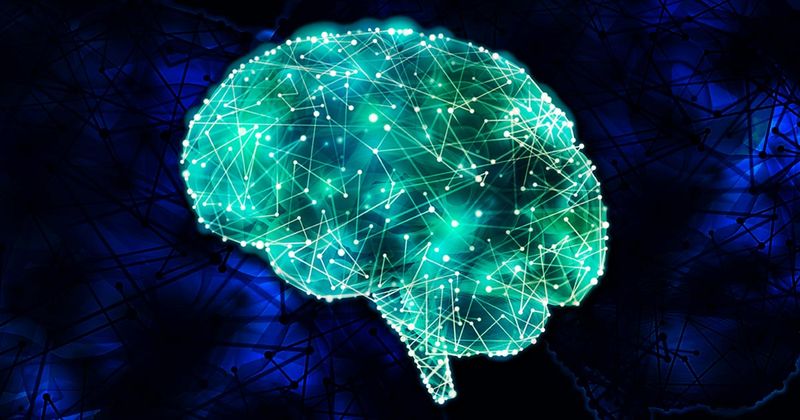Neuromuscular exercise, pain neuroscience education may improve chronic pain after TKA
Key takeaways:
- Neuromuscular exercise and pain education did not yield superior outcomes to education alone for chronic pain after arthroplasty.
- The interventions may result in clinically important improvements.
Neuromuscular exercise and pain neuroscience education did not yield superior outcomes to education alone, however, interventions may improve clinical, pain and functional outcomes after total knee arthroplasty, according to published data.
In a randomized clinical trial, researchers studied 69 patients from three outpatient clinics who had chronic pain after TKA. Median patient age was 67.2 years.

Researchers randomly assigned 36 patients to receive neuromuscular exercise and pain neuroscience education and 33 patients to receive pain neuroscience education alone. The neuromuscular exercise intervention consisted of two supervised sessions per week for 12 weeks, while the pain neuroscience education intervention consisted of two sessions attended 6 weeks apart. Outcomes included KOOS scores for pain, symptoms, activities of daily living and knee-related quality of life.
At 12-month follow-up, 46 patients had complete assessment. Researchers found no between-group differences in KOOS scores, with both groups having significant improvements in KOOS scores from baseline to final follow-up. Researchers found no serious complications for any patient.
KOOS scores improved a mean of 7.46 points among patients who received neuromuscular exercise and pain neuroscience education. Among patients who received pain neuroscience education alone, KOOS scores improved a mean of 8.65 points.
Researchers found 33.3% of patients who received neuromuscular exercise and pain neuroscience education and 36.4% of patients who received pain neuroscience education alone experienced clinically important improvements at 1-year follow-up.
Researchers concluded neuromuscular exercise and pain neuroscience education did not yield superior outcomes compared with pain neuroscience education alone. However, they noted the interventions may yield clinically important improvements for patients with chronic pain after TKA.
